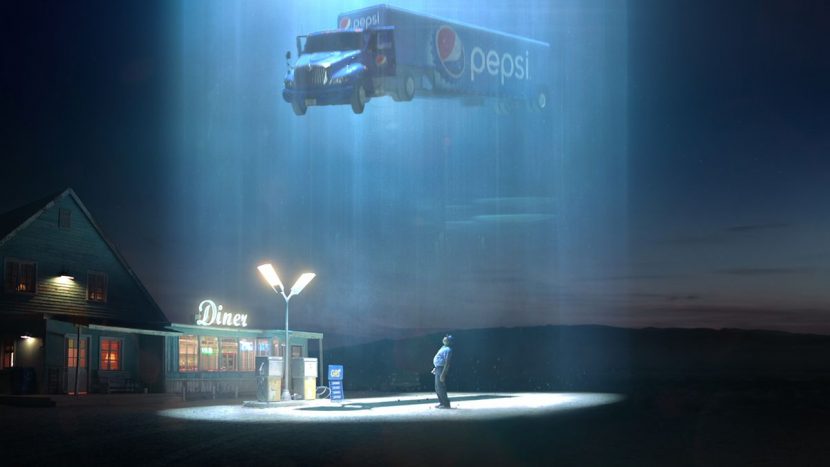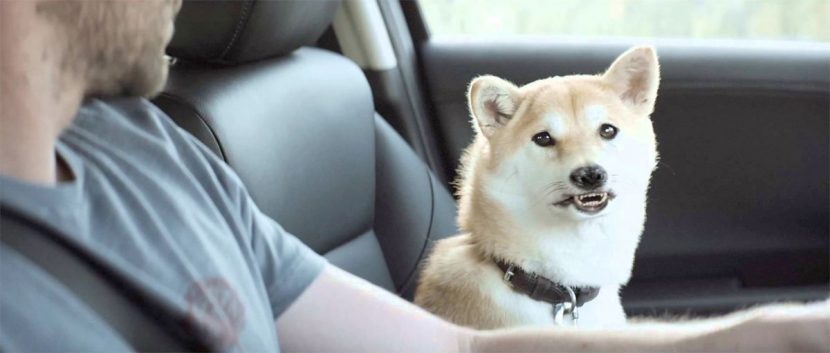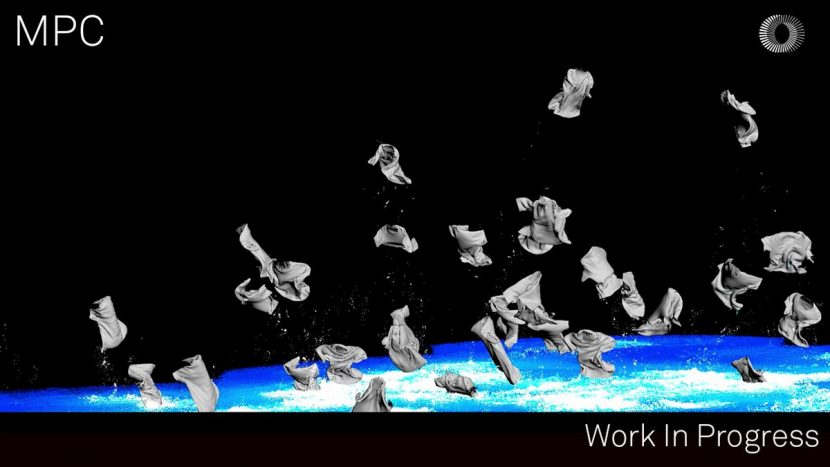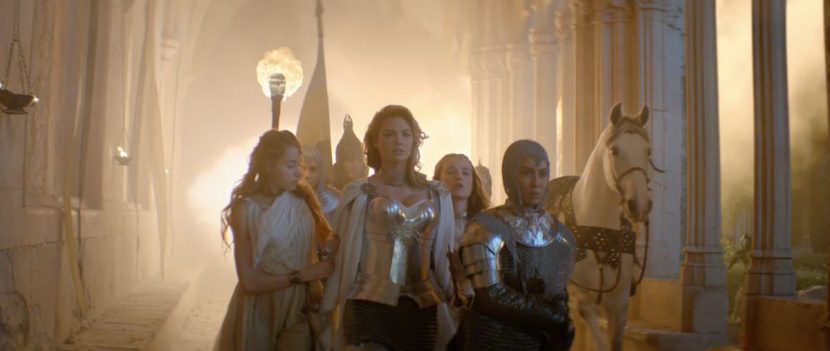In our continuing series showcasing some of the best visual effects in commercials, we highlight work from Framestore, Alt.vfx, MPC and Method Studios – all with incredible VFX breakdown images and videos.
Pepsi – Halftime Touches Down
Right before the Super Bowl half-time show featuring Katy Perry, Pepsi aired its ‘Halftime Touches Down’ spot. The commercial from agency Mekanism featured an alien spaceship in the shape of the University of Phoenix Stadium, abducting all manner of people and objects, including a Pepsi truck, before coming to rest at the site of the Super Bowl. We talked to Framestore’s Ben West, who directed the spot, about the visual effects involved.
“For the spot we tried as much as we could to get things in camera,” says West. “But even if parts of that don’t survive, it’s all about the journey to the screen – you always awesome reference.” Such was the case for the Pepsi truck that is lifted by a blue tractor beam into the air. “For that we had a massive crane to lift it and it could lift it up to 50 feet off the ground,” explains West. “That really sold the anti-gravity and gave us the ability to have the actor deliver the performance we wanted and get him to jump out of it mid-flight.” Framestore’s CG truck was modeled and textured with the aid of photographic reference, animated in Maya and then rendered in Arnold.
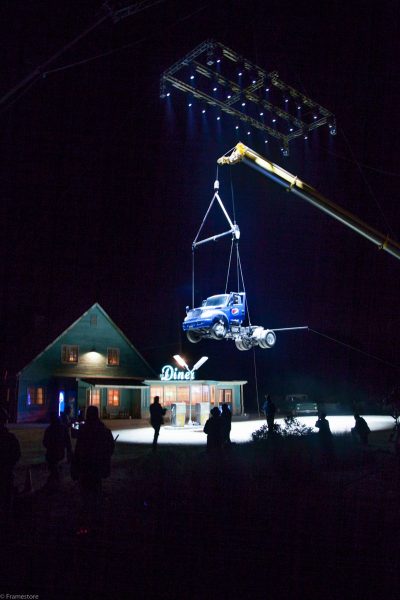
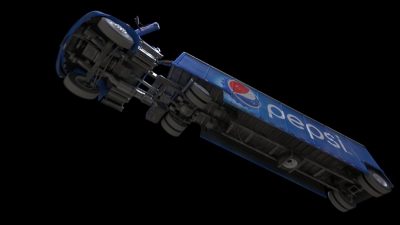
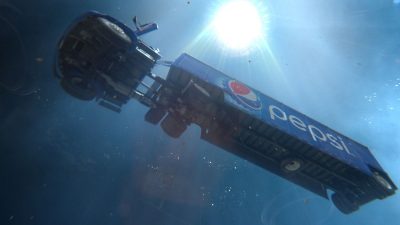
It also served as reference when it was decided to do some CG take-overs to enhance the ‘heaviness’ of the vehicle. “Lifting a truck actually defies its weight,” notes West, “and it looks light and doesn’t have the mass you imagine. We also had to make some adjustments when the guy jumps out to stabilize it because it swung away from him and that made it look very light. Doing the truck partly in CG allowed us to get timing and performance right, and ironically make it more realistic with VFX.”
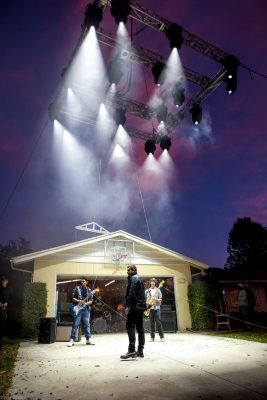
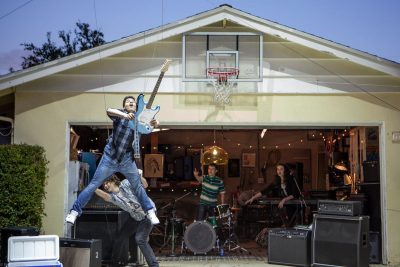
The pervading blue tractor beams in the spot were also elements West sought to have ‘in the plate’ during photography. DOP John Schwartzman rigged light hotspots to mimic the traditional UFO tracking beam. “On set I wanted a real separation from the warm practical lights in the environment and within the beam itself,” says West, “rather than do a color grade or comp fix later.”
The stadium/UFO was a CG build based on the real structure. “It itself looks like a UFO!,” states West. “When you’re driving to the stadium it’s like a monolithic thing popping out of the landscape, and that was part of the appeal of the story.”
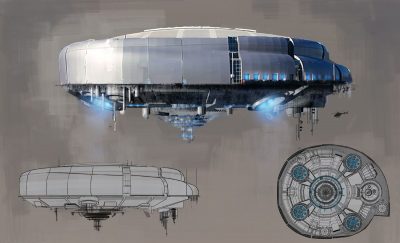
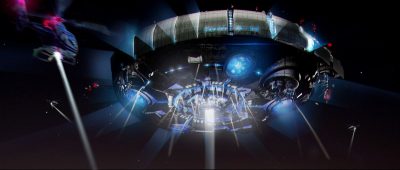
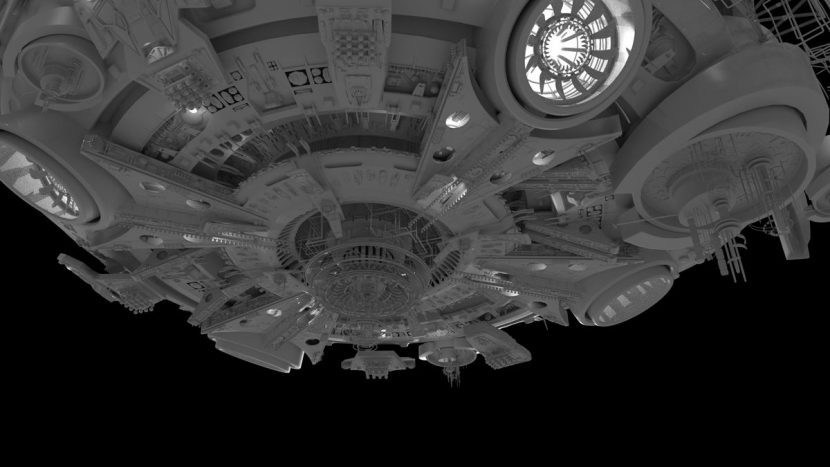
For the Phoenix environments in which the UFO flies and eventually lands on, production captured day, twilight and night plates in a helicopter and then combined them for the light that would be correct for the half-time show.

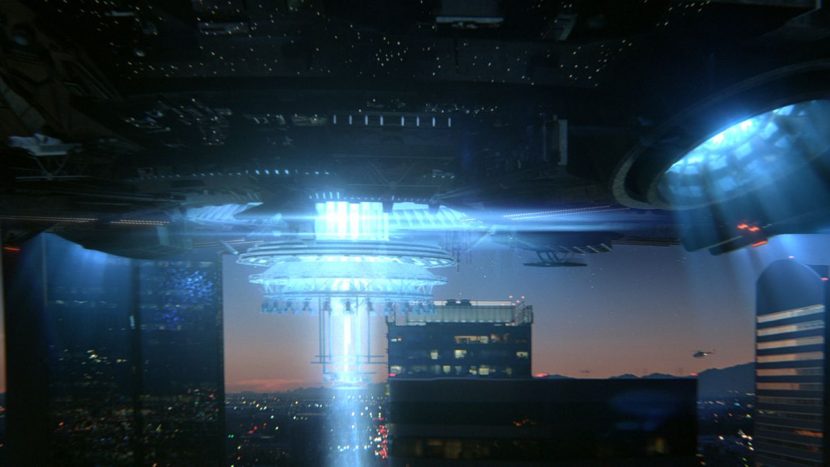
Honda HR-V – Dream Run
‘Wake up, Brian!” That’s the catch-cry of a new dream-themed TVC for Honda HR-V directed by Nathan Price of Goodoil Films for Leo Burnett Melbourne. In the spot, Brian summonses a HR-V to keep on dreaming as long as possible, all the while encountering a talking dog, mythical landscapes and some very strangely-cooked eggs. We find out from Alt.vfx visual effects supervisor Colin Renshaw how the commercial came together.
“I spent a fair bit of time early on with Nathan and also production designer Guy Treadgold working out what would be filmed for real and what we’d be doing in visual effects,” outlines Renshaw. “The eggs were a good example – should we do it as a CG sim or practical? The on-set VFX supervisor Jesse Bradsheet actually had real eggs in the end with some sticks pulling them apart and then we played that in reverse. We did the rig removal but it still felt like when the eggs were returning together that the egg footage had just been reversed. So we ended up painting in a lot of grease and residual stuff so as the eggs reformed they left trails.”
Pursued by people trying to wake him up, Brian races out of a cafe and onto the street – and into a car that materializes around him. “We shot that with the actor sitting in a seat,” explains Renshaw, “and then getting out of it and going backwards. When we played the whole thing in reverse, the seat would come in and pick him up and continue on. We tracked it backwards and we got some pieces of the car and modeled and textured and animated them. It was rendered in Arnold with a bit of a cheat from the on-set HDRIs and projections from the internal environment for refractions.”
“Also,” adds Renshaw, “for that initial stage when his ‘Lucid Dreaming’ book pops into his steering wheel, he had the book in his hand but also had this piece of string with two handles that were the correct width for the steering wheel. So we knew when his hands got into the final position we’d be able to drop the steering wheel in and it’d all be proportionally correct.”
– Watch Alt.vfx’s breakdown.
A dog now asks Brian to wake up, in English. For the shots, Alt.vfx first referenced several talking animal films and characters, including Smaug from The Hobbit movies. “It was a great example of an animal that had a snout but also human-esque lip sync,” says Renshaw. “We realized the way they had engineered that meant a lot of it was talking out the front of its mouth. In our rig, we built some controls where you could do the lip sync – we shot the voice talent doing the reads and our animators roto-mated it and added those little flourishes. Then we had in the rig a way to open the mouth – we’d keep that animation but the dog’s jaw would open more to he back. It would go from fully human to more ‘doggy’.”
Brian speeds along a barren roadway, past unfinished bridges and other dream world elements – elements added in by Alt.vfx. “The idea was to have just nods to dream language,” says Renshaw. “We built a bridge structure, but the ground was all over the place so we had to build bridge a big lattice that we could be moving up and down subtlety to bed it in. We then had projected matte paintings over pieces of it for extra detail.”
Faced with a large clock tower (the bottom being practical and the top a digital extension), Brian makes a sharp turn into a tunnel (more digital work) and across a shallow, and more surreal, water plain. “That was shot on a beach at low tide,” explains Renshaw. “There was an inch or two of water, but it needed to be expanded. We roto’d the car and reflections out of the water and then replaced the environment with sky and mountains. We built the arch based on some ruins in Italy, adding to a practical piece on. The water surface was done in Houdini. We built a big pan – we wanted to have a ripple in it with flat spots and pockets of wind. The first iterations really screwed with the scale and made it feel like a miniature, so we had to finesse that a few times.”
Ikea – T-shirts
For this Ikea ’T-shirts’ spot, agency Mother and Blink’s Dougal Wilson called upon MPC to combine live action scenes, puppetry and CG clothing to portray the journey of scores of t-shirts heading home.
The team at MPC produced both flocking-type shots of t-shirts for wides, but then also virtual garments that moved in ways to match in-camera puppeteered elements. In a release, CG Supervisor Diarmid Harrison-Murray said, “At first glance the creation of a CG T-shirt might seem simple, but add different animations into the mix – from flying at different speeds to landing, and we knew we’d need to create a very flexible rig. We’re used to concepting characters and creating photo-real creatures, but our challenge here was altogether different- no one knows what a flying T-shirt will look like. Surprisingly, some of the most beneficial footage we referenced for the shirts on the ground were folded napkins in a cafe on the tech recce and for the flying shirts some footage of Dougal on the roof at Blink waving his T-shirt around! The overall challenge was getting the right balance between the natural cloth dynamics and the underlying animation, which conveyed the sense of the effort and physicality involved in bird flight.”
Filming took place in Sweden, Scotland, Hastings, Dover, on a ferry between the UK and France as well as studio. The CG t-shirt work was realized with nCloth in Maya and the final renderer was Arnold. Emotion was incredibly important, as lead animator Tim Van Hussen explained, “We took our cues from cartoons and the animal world when characterising the shirts. For example, when someone is downcast, say cold and wet, they might walk slowly, hunched over, so we recognise they aren’t in a good place at that time. Dougal adds just the right amount of humour into the spot, stopping it from becoming too sentimental. The little touches make all the difference. My favourite moment would have to be the shirts popping up in the cabbage fields and getting chased by the dog – you just wish someone would cut the little guys a break!”
Game of War – Who I Am
‘Who I Am’ played during the Super Bowl telecast, and continued this series of spots featuring model Kate Upton and visual effects from Method Studios. Director Nathan Price, via production co Jeguk Group and agency Untitled Worldwide, sought out Method to deliver a CG medieval environment, a digital knight and lots of fiery explosions.
Method visual effects supervisor Benjamin Walsh said in a release, “The entire commercial was shot at 48 fps and we had to make sure our VFX integrated seamlessly into the elegant shots of the slow motion destruction surrounding Kate. With the majority of the commercial set at night, we made a conscious decision to use fire as our hero lighting source whenever possible, to create silhouettes of the battle mayhem within the scene.”
Watch Method’s making of.
The time lapse shot of the empire transitioning over several years involved matte painting projections and CG foliage for a three-second shot, as Walsh describes. “After discussing with the director we all agreed the best starting point was to shoot time-lapse photography so the base would have real world lighting. Using the photography we did some tests to determine how many hero matte painting variations we would need to represent hundreds of years passing. Brian Burke, our CG lead, blocked out some rough geometry and created a camera move to start the creative review process. In the end, a combination of animated 2D textures and a vast amount of matte painted structures enhanced the transitions between the hero matte paintings. All the elements were projected in Nuke resulting in a shot traveling though centuries of destruction and regrowth though a variety of seasons and conditions.”

